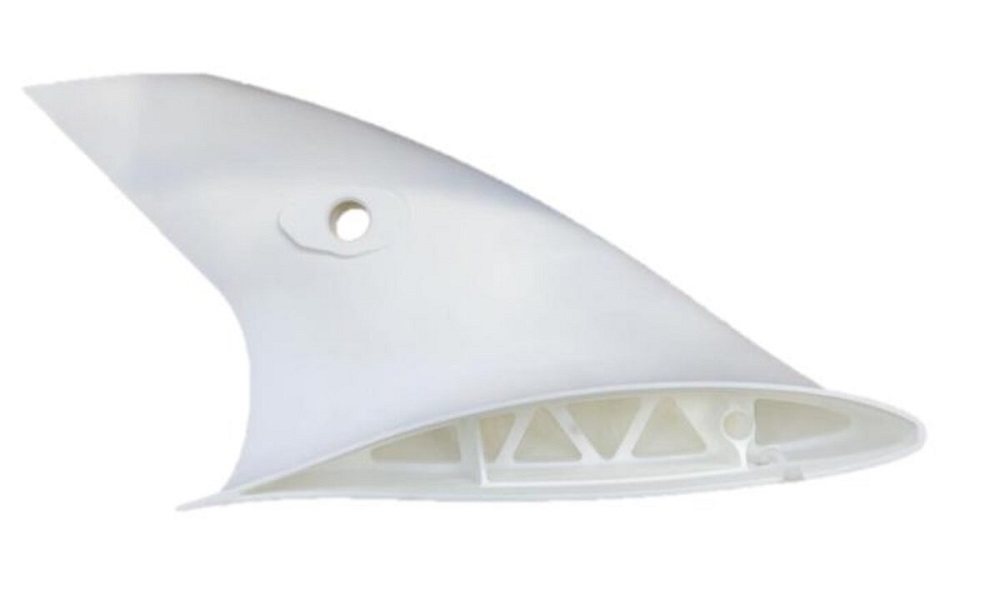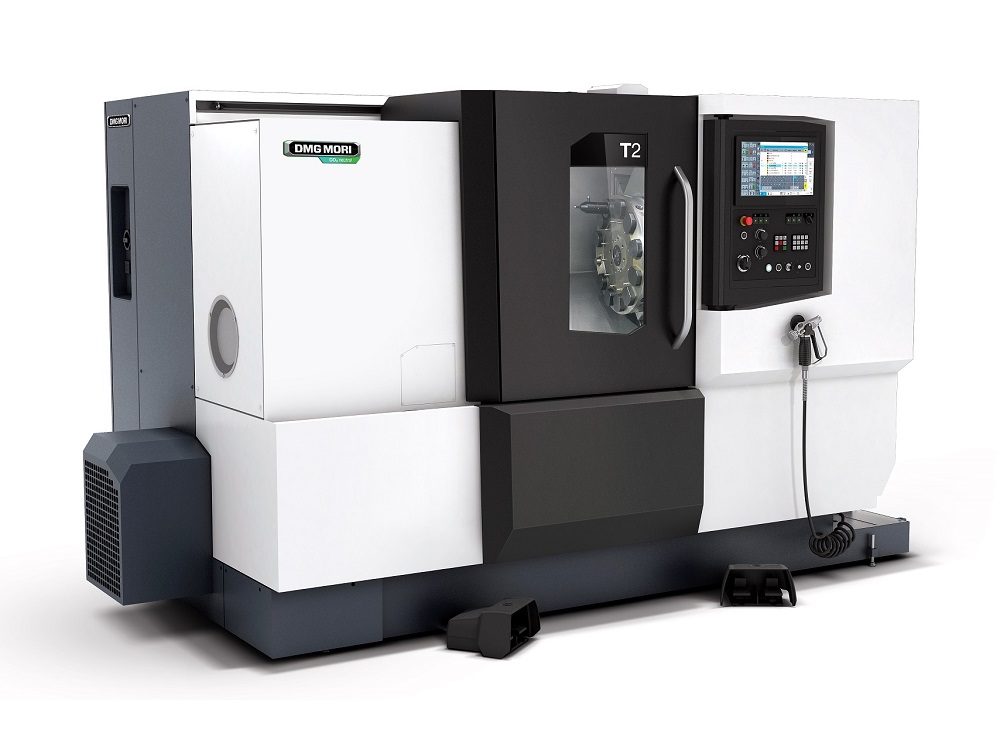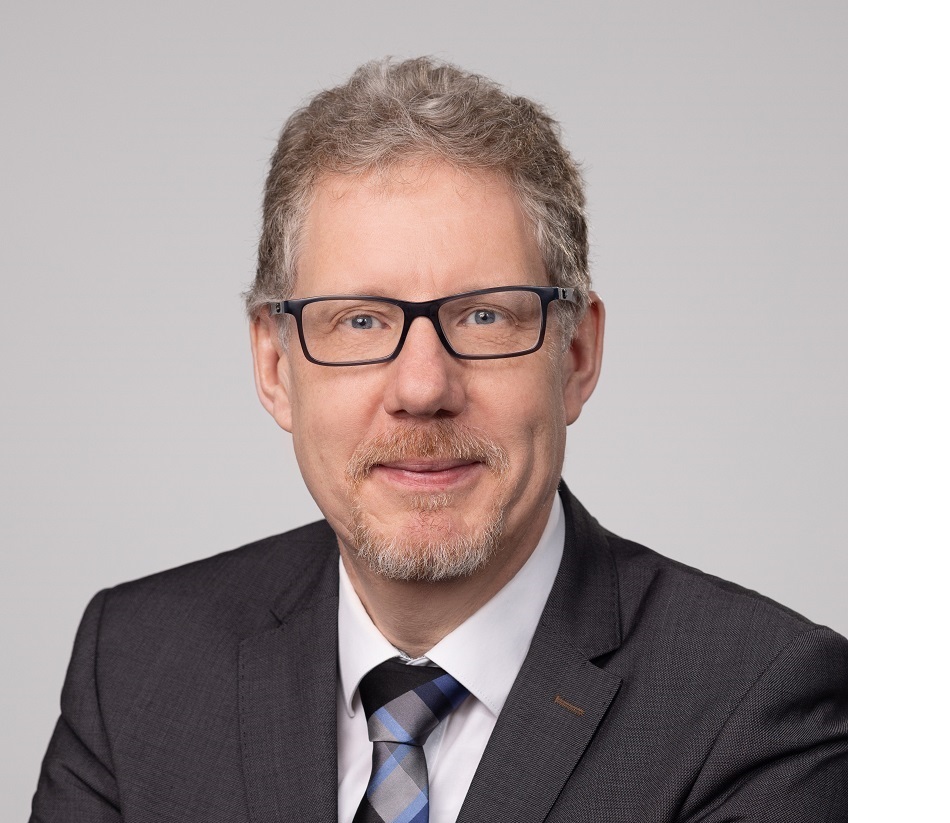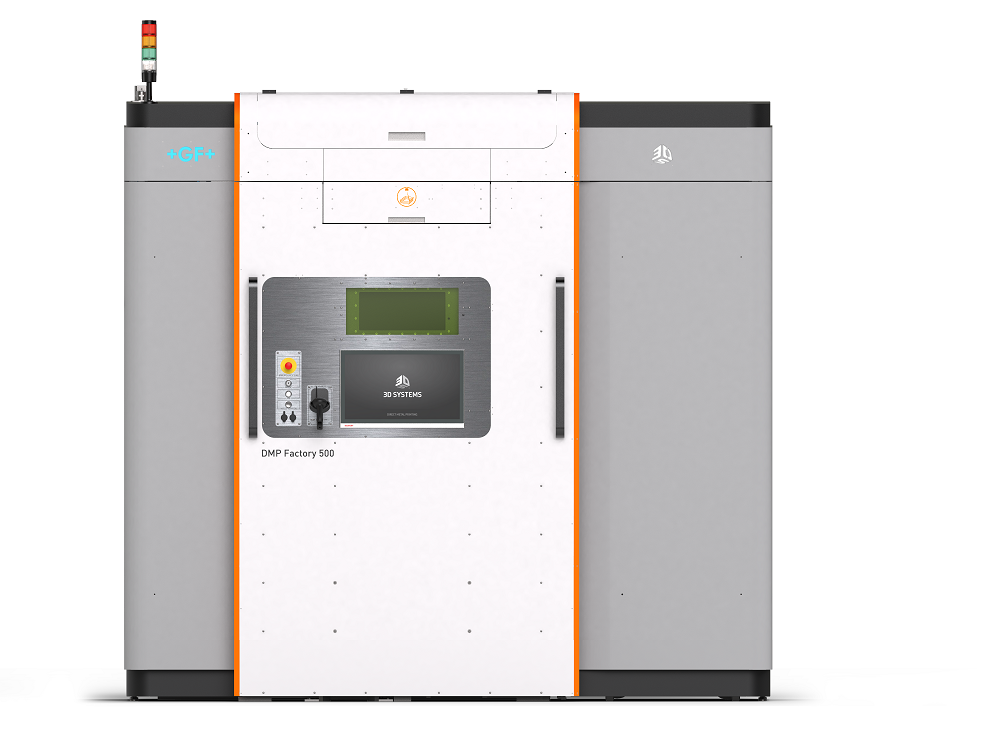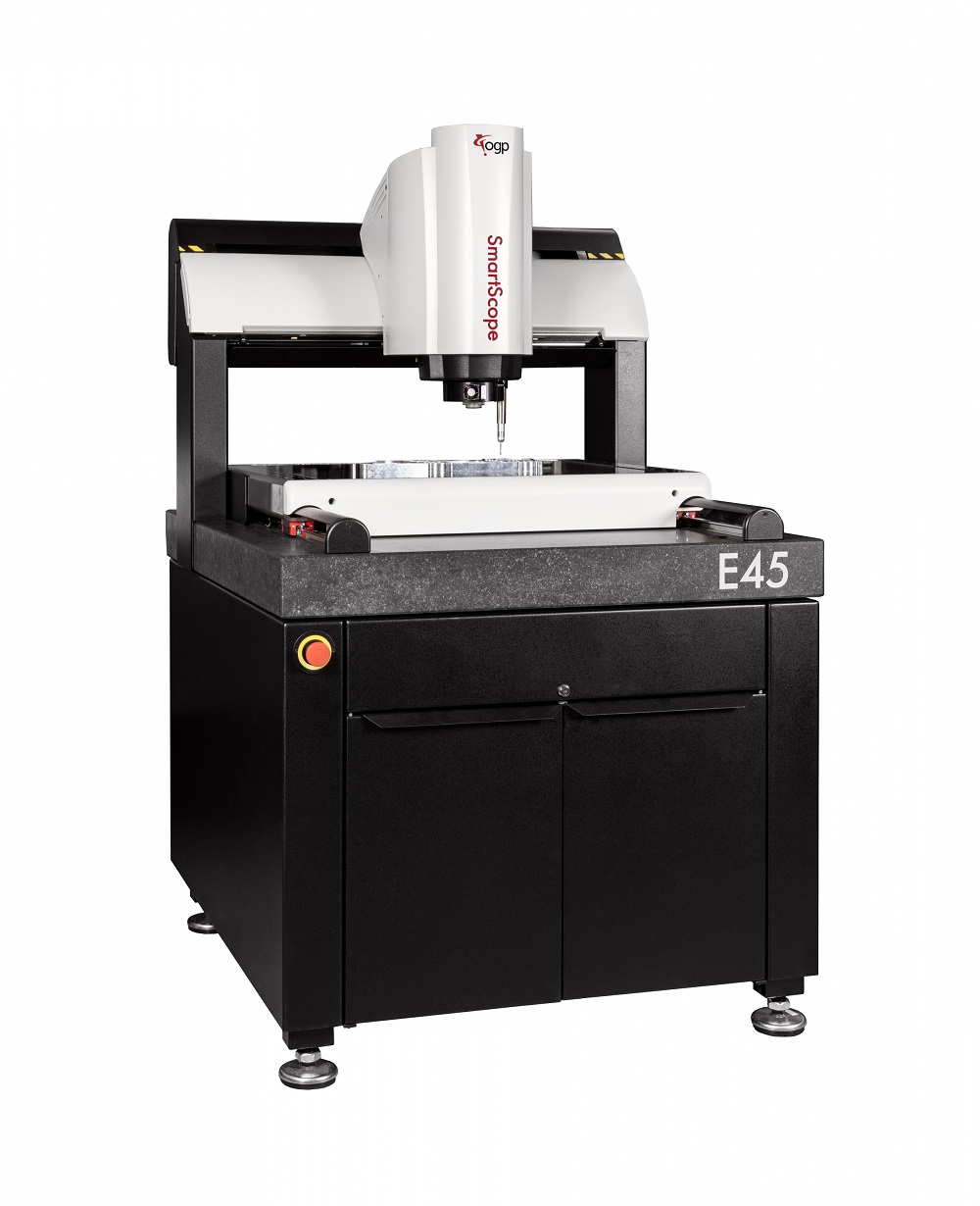OGP, a manufacturer of optical and precision multi-sensor metrology systems for industrial quality control, is releasing its SmartScope E45, a floor model addition to the all-new SmartScope E-Series family of automatic digital-zoom metrology systems.
With the launch of the benchtop SmartScope E7 model in September 2022, OGP says it reimagined its trusted SmartScope line-up, making it accessible to all skill levels and budgets. Along with E7, E45 features the brand-new fixed lens IntelliCentric optical system, a fully telecentric optical system providing super high-resolution imagesin video edge detection metrology. The digital zoom allows for instantaneous magnification changes, while the standard all-LED lighting system illuminates parts from every angle. As a point of note, the E45 features a generous stage to handle large parts or a variety of smaller components.
The E45 offers sturdy, stable construction whereby parts move on a precision DC motor-driven Y-axis stage, while the optics travel in the X axis mounted on a rigid bridge support structure for metrological integrity.
Jim Stern, director of OGP applications engineering, says: “SmartScope E45 combines innovative optical design, advanced camera technology and OGP’s class-leading image processing algorithms. E45 has the same feature size range as mechanical zoom optical systems, but without moving parts, increasing throughput and system longevity. The IntelliCentric optical system produces outstanding optical performance at low zoom, with fantastic image quality, telecentricity and distortion-free imaging.”
OGP is accepting orders for SmartScope E45 systems now.
For further information www.ogpnet.com/e45






